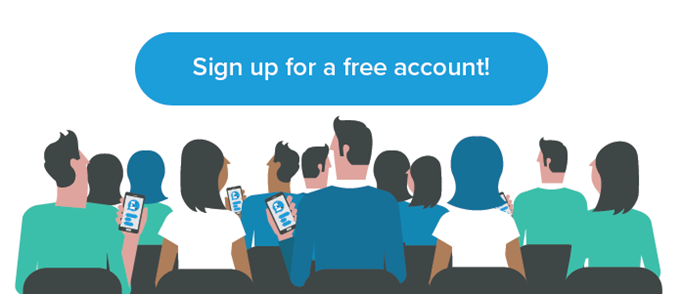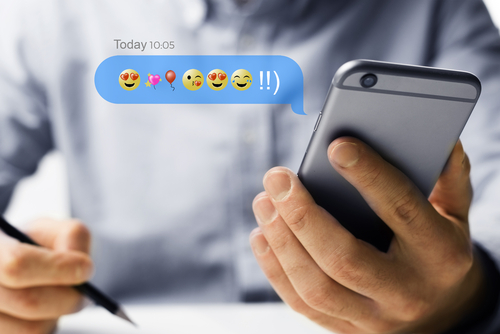Emojis: what are they?
An emoji is a small digital image or icon that is used to express an emotion or idea via messaging platforms on a electronic device. Emojis were developed in the late 1990s on Japanese mobile phones by a small team at NTT Docomo (a cellphone provider) that was working on the i-mode mobile Internet platform. The inventor Shigetaka Kurita and his development team came up with a set of 200 emojis to combat the problem of not being able to use pictures on mobile devices and finding a way to better display information than text alone.
Emojis were created to prevent miscommunications that could happen via digital conversations and allow people to better explain their texts or emotions. Emojis were important in communicating within Japanese society, so much so that once a company deleted a heart symbol from their pager it led to a huge decline in sales.
Emoji Inventor, Shigetaka Kurita explained this story by saying "It caused an outcry, to the extent that young users left DoCoMo and signed up with another Pocket Bell company that had retained the symbol. That’s when I knew that symbols absolutely had to be part of any texting service. That was my main inspiration."
Since then emojis have become ubiquitous with "92% of the online population using emojis" (Emogi 2015 report). Several mobile operating systems (Apple, Android etc.) now support emojis and they have been utilised into various different types of mobile apps and social media channels. Brands have also utilised the emoji trend within their strategies. For instance Dominos created a new system to enable users to order their usual pizza requests by sending a pizza emoji, while Burger King created it's own emoji to promote their chicken fries.
Why do we love to use them?
Emojis enhance a messaging experience, by adding fun and using visual representations to express emotions rather than words. Essentially it adds a new dynamic to a digital conversation. Even though emojis are not exactly a language, they have universal meanings that different cultures can understand. Dr. Owen Churches, a psychologist said "over time, as our brains become accustomed to perceiving a symbol as “happy,” “sad,” or “excited,” we gain an ability to actually feel the same emotion that we would feel by looking at a real face. Emojis give us the unique ability to make digital communications feel and act more human".
"Things like Facebook and Twitter are the most-used things in the world. Nowadays there are tons of new communication tools. Emoji enriches communication and makes it more enjoyable. It’s been over 10 years now, but people love to add to communication" Emoji Inventor, Shigetaka Kurita.
The growing trends of messaging and communication
Video content has been growing increasingly popular over the past decade. GIFs (which are short animated videos) are an example of this and is one of the latest fads that has grown internationally.
Following on from videos, live content has become prevalent on messaging platforms with users being able to broadcast live to their followers or directly video call someone with a click of a button. 'In the moment' content will continue to grow as people want to share their moments or memories with other people.
Education and workplace engagement apps are on the rise with numerous organisations and educational establishments finding solutions to engage with their students or employees. Vevox is an example of this as lecturers, workplace managers and event professionals are using the communication platform to get real-time feedback in their sessions. This is achieved by using live polling and enabling participants to interact via several real-time features such as the discussion board and sorting by likes. Try Vevox for yourself and setup your free account here.
Related blogs:
1. Will virtual reality become part of everyday life?
2. Beyond Skype: Meet the Next Phase in Mobile Communication





